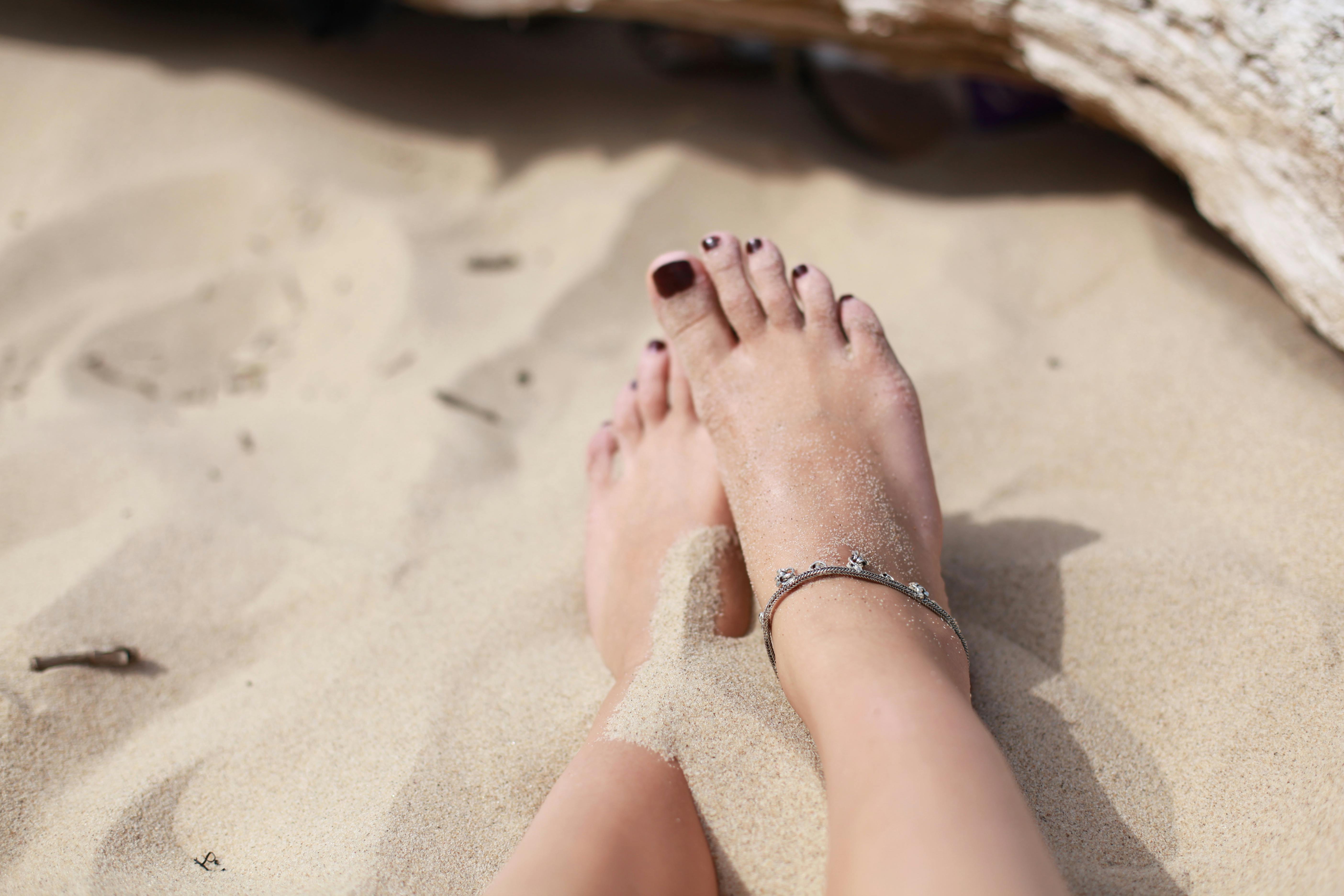Some News about Plantar Fasciitis Treatment
For some athletes, simply changing running shoes can considerably relieve plantar fascia pain. A physical therapist can utilize a variety of different taping strategies to support the plantar fascia, offering it a chance to heal. Some shoes can be fitted with inserts. One example is an orthotic, which spans the length of the shoe.
Another alternative is a heel cup. This insert is designed to support and cushion the heel. Plantar fasciitis is connected with less versatility in the ankle, Achilles tendon, and calf muscles. Mild extending to improve versatility can make the biomechanics of standing, walking, and running less demanding for the plantar fascia.
Using gentle pressure, roll the tennis ball back and forth under the foot. Stand 18 inches away from a wall with feet about 6 inches apart and position hands versus the wall, at shoulder height. Without moving feet, lean into the wall, bending the foot and extending the Achilles tendon and calf muscles Sit on the floor with legs straight in front.
A Number Of Features Of Plantar Fasciitis Treatment You Need To Know
Stretches like these last two, in which the top of the foot and toes move toward the shin, are called dorsiflexion stretches. Applying a cold-pack or bag of ice to bottom of the foot may provide pain relief from plantar fasciitis. Relief can likewise be discovered by rolling the bottom of the foot on a frozen plastic water bottle.
Protocol Principles. For runners, increasing the number of actions per mileusing a shorter stride but increasing cadence to maintain speedmay decrease the stress on the plantar fascia even though there will be more actions per minute.1.Extra weight puts an increased pressure on the plantar fascia tissue. Shedding excess pounds will lighten the load on the body's musculoskeletal system, consisting of the plantar fascia.
This prevents the plantar fascia from resting in a contracted position. (Naturally, lots of people discover these splints tough to sleep in.). While it is not considered basic treatment, deep myofascial massage may promote blood flow and recovery. While not all professionals agree, some believe the usage of manual manipulation/mobilization (by a chiropractic doctor or other certified health expert) in addition to workout is a reliable method to treat plantar fasciitis.2, Individuals with relentless, moderate to severe cases of plantar fasciitis, might utilize these non-medical treatments in combination with medications, injections, or surgical treatments.
Discovering Plantar Fasciitis Treatment

Medications are not a treatment for plantar fasciitis and should be used in conjunction with other treatments. Non-steroidal anti-inflammatory drugs are used to decrease swelling and inflammation, and are advised for clients experiencing moderate to serious pain (Other). NSAIDs consist of aspirin (e.g. Bayer), ibuprofen (e.g. Advil), naproxen (e.g. Aleve), and cox-2 inhibitors.
dexamethasone) through healthy skin to the aching location.1 Iontophoresis may be advised to patients with plantar fasciitis who can't tolerate injections or want to prevent injections. If non-medical treatments and medications do not provide relief from plantar fasciitis, clients might consider injections. 1. Wellenkotter J, Kernozek TW, Meardon S, Suchomel T.

Int J Sports Med. 2014; 35( 9 ):779 -84.2. Bronfort G, Haas M, Evans R, Leininger B, Triano J. Effectiveness of manual therapies: the UK evidence report. Chiropr Osteopat. 2010; 18:3.3. Clar C, Tsertsvadze A, Court R, Hundt GL, Clarke A, Sutcliffe P. Scientific effectiveness of manual treatment for the management of musculoskeletal and non-musculoskeletal conditions: methodical evaluation and upgrade of UK evidence report.
Things You Must Know About Plantar Fasciitis Treatment
The plantar fascia is a long, thin ligament present along the bottom of the foot that produces the arch of the foot. It extends from the heel bone, and after that splits and fans out to connect itself to the toes. Plantar fasciitis is a condition where the plantar fascia becomes inflamed from overstretching or overuse, triggering discomfort in the heel and bottom of the foot.
Plantar fasciitis occurs when you strain or irritate the plantar fascia ligament. Repeated strain can result in small tears in the ligament, resulting in discomfort and swelling, which can make strolling tough. Pressures can occur due to: High or low foot arch Weight problems or abrupt weight gain Tight Achilles tendon which connects the calf muscles to the heel Starting a brand-new activity or increasing the intensity of an activity Using improper shoes with soles that are too soft, do not fit well or offer bad arch support The major problem of plantar fasciitis is pain and tightness in the heel and foot.
Your doctor may enjoy how you stand and stroll, and examine associated conditions such as high arches. X-rays of the foot can be taken if your physician presumes a tension fracture, a hairline fracture in the bone, or other related conditions such as a heel spur, which is additional calcium deposit on the heel bone.
Plantar Fasciitis Treatment Explained
Conservative treatment procedures include: Rest: Rest is the first action that is thought about for lowering discomfort and avoiding additional damage to the ligament. Ice: Rolling your foot over ice can be really effective in decreasing swelling, and is recommended for 20 minutes, 3-4 times a day Medications: NSAIDs (non-steroidal anti-inflammatory drugs) may be recommended for relief of pain and inflammation Exercise: calf stretches and plantar fascia stretches work in alleviating pain A steroid injection may be administered into the plantar fascia for lowering pain and swelling Helpful shoes and orthotics might likewise be advised to lower the pain while strolling or standing Night splints can be suggested by your physician to assist stretch the plantar fascia while sleeping Physical therapy might be recommended for instruction on extending workouts, massage and ice treatments PT might utilize extracorporeal shockwave therapy (ESWT), which uses high-energy shockwave impulses to promote recovery of the damaged plantar fascia tissues Surgical treatment is considered just if conservative treatment does not provide effective relief after 12 months.
Gastrocnemius economic crisis: Tight calf muscles or gastrocnemius muscles can strain the plantar fascia. To release this tension, your cosmetic surgeon will surgically lengthen the calf muscle, and increase the motion of the ankle (Go Here). The surgery can be carried out by open incision or endoscopically through a small cut by utilizing an endoscope, which is a long instrument with a little electronic camera connected.
Your cosmetic surgeon will partly cut the plantar fascia ligament to eliminate the tension. The surgery can be performed endoscopically but open incision is easier to perform and is associated with lower risk of nerve damage. Problems are rare following surgery to deal with plantar fasciitis, but as with any surgical procedure, they can happen.
Biggest Challenges of Plantar Fasciitis Treatment in 2020
If you are experiencing symptoms of plantar fasciitis, comprehensive treatment from our foot experts is available at ORA Orthopedics. As the biggest and most sophisticated orthopedic practice in the Quad Cities, ORA Orthopedics uses the greatest choices in care to kids and adults with a large range of musculoskeletal conditions, consisting of plantar fasciitis and other unpleasant or painful foot issues (Useful Site).
This condition is normally marked by greater foot discomfort and stiffness after not during workout or extended durations of inactivity. Plantar fasciitis might also trigger bone spurs, or little boney developments, to establish on the heel bone. The knowledgeable physicians and personnel at ORA Orthopedics' Foot and Ankle Center of Quality are trained in the newest treatment strategies and offer patient-focused care that is 2nd to none in the Quad Cities.
Tidak ada komentar:
Posting Komentar